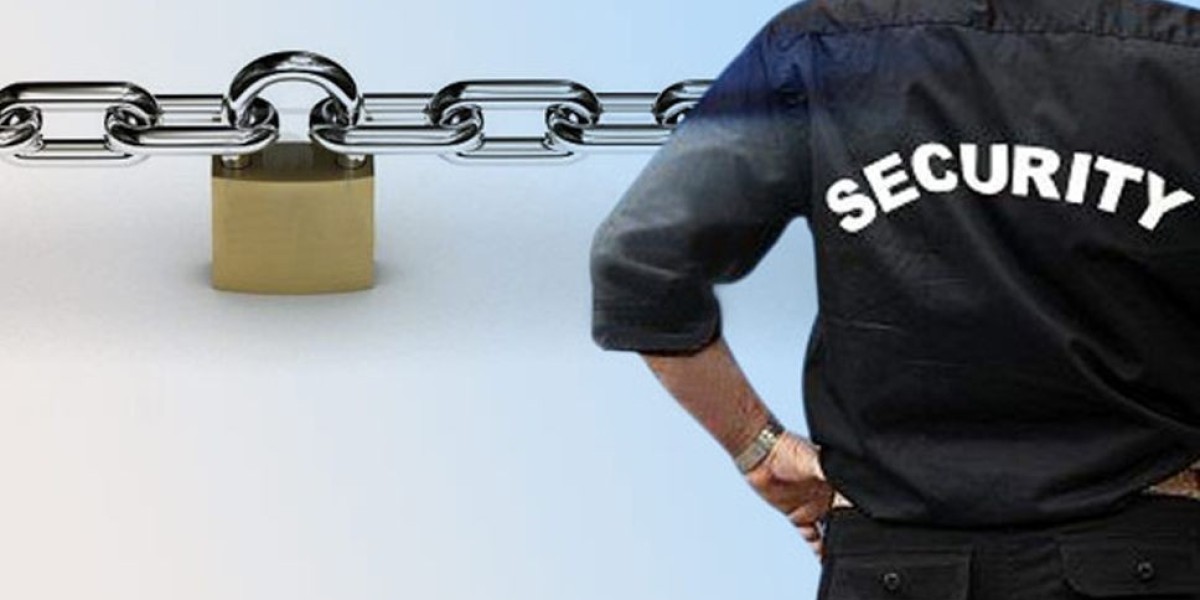The retail industry has always been a prime target for theft, fraud, and other security threats. As technology continues to advance, the landscape of retail security is rapidly changing, offering new tools and solutions to protect businesses, employees, and customers. This article explores how technology is transforming retail security, highlighting the latest innovations and their impact on the industry.
1. Advanced Surveillance Systems
One of the most significant advancements in retail security is the development of advanced surveillance systems. Modern cameras are equipped with high-definition resolution, night vision, and wide-angle lenses, providing clearer and more comprehensive coverage of retail spaces. Additionally, many surveillance systems now integrate with cloud storage, allowing for remote access and real-time monitoring.
Key Features:
Facial Recognition: Advanced surveillance cameras can now use facial recognition technology to identify known shoplifters or suspicious individuals.
Behavior Analysis: AI-driven cameras can analyze customer behavior and flag unusual activities, such as loitering or rapid movements, which may indicate potential theft.
Integrated Systems: Surveillance systems can be integrated with other security measures, such as alarms and access control, to provide a cohesive security solution.
2. Smart Alarms and Sensors
Smart alarms and sensors are revolutionizing retail security by providing more accurate and timely alerts. These devices can detect a range of security threats, from unauthorized entry to environmental hazards like fire and flooding.
Key Features:
Motion Sensors: Detect unauthorized movements within the store after hours and trigger alarms or notifications.
Glass Break Sensors: Specifically designed to detect the sound frequency of breaking glass, alerting security personnel to potential break-ins.
Environmental Sensors: Monitor conditions such as temperature, humidity, and smoke, providing early warnings of fire or other environmental risks.
3. Access Control Systems
Modern access control systems go beyond traditional locks and keys, offering advanced solutions to manage and monitor access to various areas within a retail store. These systems enhance security by restricting unauthorized entry and providing detailed logs of who accessed specific areas and when.
Key Features:
Biometric Access: Uses fingerprints, facial recognition, or retinal scans to grant access, ensuring that only authorized personnel can enter secure areas.
RFID Technology: Allows for keyless entry using RFID cards or fobs, which can be easily managed and deactivated if lost.
Remote Management: Provides the ability to control and monitor access remotely, ensuring security even when store managers are off-site.
4. Point of Sale (POS) Security
The point of sale is a critical area for retail security, as it involves financial transactions and sensitive customer information. Technological advancements in POS security are helping to protect against fraud and data breaches.
Key Features:
Encryption: Encrypts transaction data to protect it from being intercepted and stolen by cybercriminals.
Tokenization: Replaces sensitive data with unique identifiers or tokens, reducing the risk of data breaches.
Secure Payment Terminals: Utilizes EMV chip technology and contactless payment options to enhance transaction security.
5. Cybersecurity Measures
As retail operations become increasingly digital, cybersecurity has become a crucial component of retail security. Retailers must protect their networks, systems, and customer data from cyber threats.
Key Features:
Firewalls and Intrusion Detection Systems (IDS): Protect against unauthorized access and monitor network traffic for suspicious activity.
Regular Security Audits: Conducting regular security audits helps identify and address vulnerabilities in the retailer's digital infrastructure.
Employee Training: Educating employees about cybersecurity best practices, such as recognizing phishing emails and using strong passwords, is essential for preventing cyberattacks.
6. Mobile Security Solutions
Mobile technology is playing an increasingly important role in retail security, providing new ways to monitor and manage security measures.
Key Features:
Mobile Surveillance Apps: Allow store managers and security personnel to monitor surveillance footage and receive alerts on their smartphones.
Mobile Access Control: Enables the use of mobile devices to unlock doors and manage access control systems.
Remote Incident Response: Provides the ability to respond to security incidents remotely, such as locking down the store or contacting law enforcement.
7. Data Analytics and AI
Data analytics and artificial intelligence (AI) are transforming retail security by providing deeper insights and predictive capabilities. By analyzing data from various sources, retailers can identify patterns and potential security threats more effectively.
Key Features:
Predictive Analytics: Uses historical data to predict potential security incidents, allowing retailers to take proactive measures.
Incident Analysis: Analyzes past security incidents to identify trends and improve security protocols.
Customer Behavior Analysis: Helps retailers understand customer behavior and identify suspicious activities that may indicate theft or fraud.
8. Integration of Security Systems
Integrating various security systems into a single, cohesive platform enhances the overall effectiveness of retail security. This integration allows for better communication between different security measures and provides a comprehensive view of the retail environment.
Key Features:
Unified Dashboard: Provides a central dashboard to monitor and manage all security systems, including surveillance, access control, alarms, and cybersecurity measures.
Automated Responses: Enables automated responses to security incidents, such as locking doors or triggering alarms, based on predefined rules and conditions.
Real-Time Alerts: Sends real-time alerts to security personnel and store managers, ensuring a rapid response to potential threats.
Conclusion
The transformation of retail security through technology is providing retailers with powerful tools to protect their businesses, employees, and customers. From advanced surveillance systems and smart sensors to cybersecurity measures and AI-driven analytics, these innovations are enhancing the security landscape and helping retailers stay one step ahead of potential threats. By embracing these technological advancements, retailers can create a safer and more secure environment, ensuring the continued success and growth of their businesses in an increasingly digital world.









